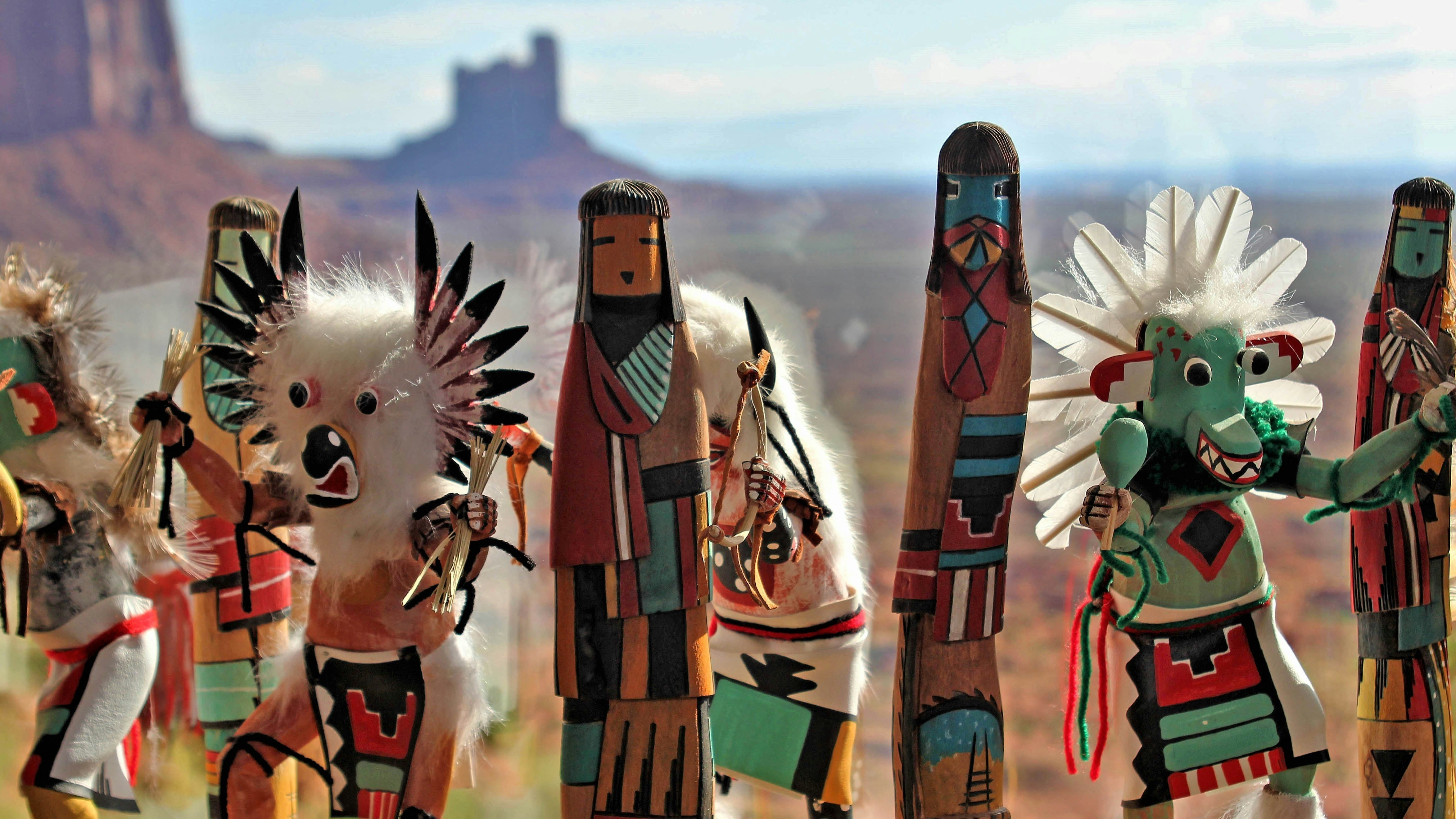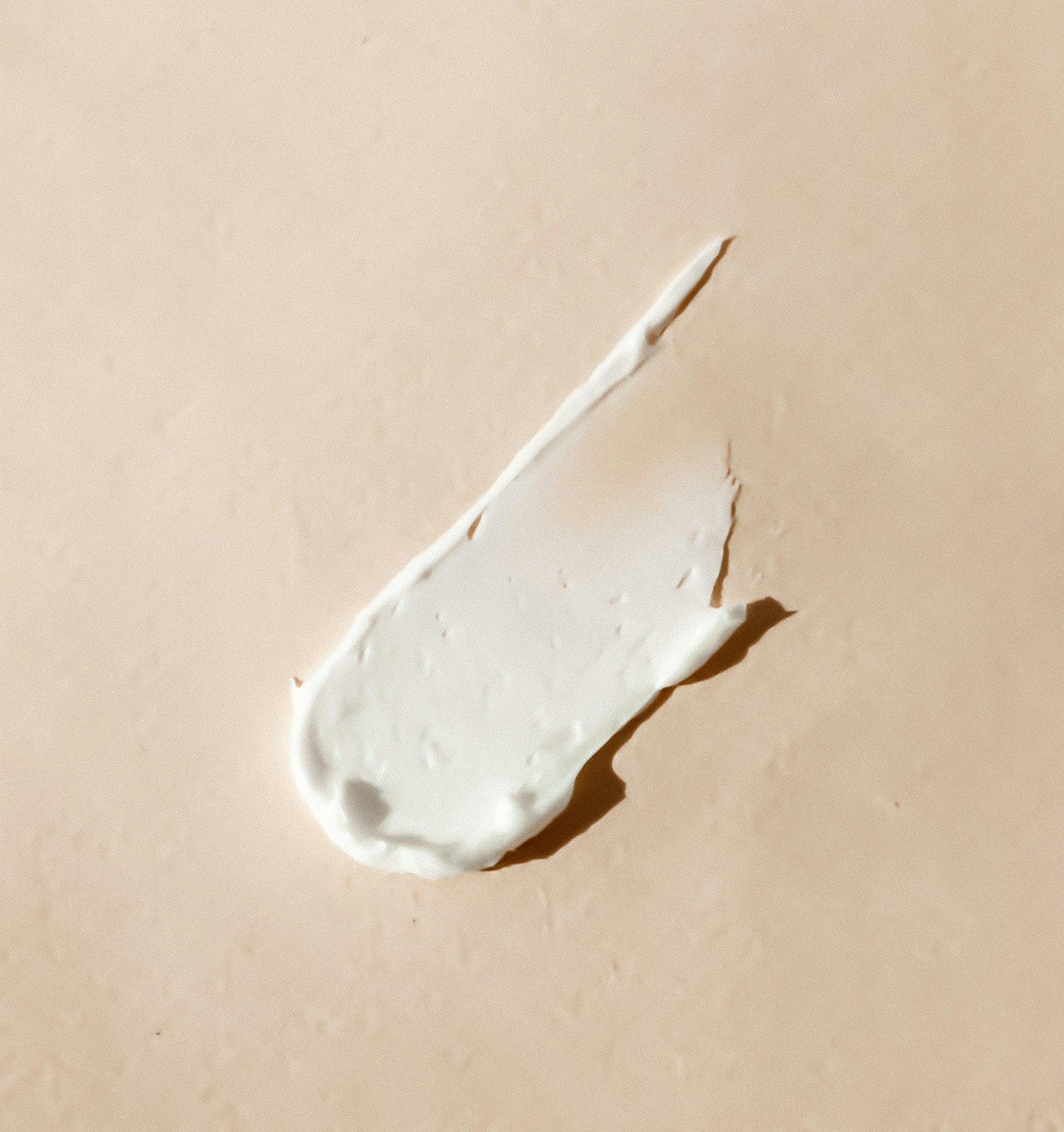Article: Why Our Ancestors Used Tallow

Why Our Ancestors Used Tallow
Long before the rise of synthetic skincare products, our ancestors relied on natural ingredients to nourish and protect their skin. One of the most cherished of these ingredients was tallow—a rendered form of animal fat that provided deep hydration, skin protection, and healing benefits. Despite falling out of favor with the rise of industrial skincare, tallow is making a comeback as people seek traditional, non-toxic alternatives to chemical-laden products. In this article, we’ll explore why tallow was a staple in historical skincare, why it disappeared, and why it’s once again becoming a trusted ingredient in clean beauty.
The History of Tallow in Skincare
For centuries, civilizations around the world used tallow as a primary skincare ingredient. Ancient Egyptians, Romans, and medieval Europeans all recognized the deeply moisturizing and protective properties of tallow. Historical records show that:
Ancient Egyptians combined tallow with essential oils and herbs to create soothing balms for skin protection against the desert climate (source).
Romans used tallow-based ointments and soaps after their famed public baths to keep skin soft and resilient (source).
Pioneers and early American settlers relied on tallow for everything from cooking to skincare, using it to protect their skin from the harsh outdoor elements (source).
These societies valued tallow because it was readily available, highly effective, and free from synthetic additives. The natural fats in tallow closely mimic the composition of human skin oils, making it an excellent moisturizer and healing agent.
Why Did Tallow Disappear from Mainstream Skincare?
In the early 20th century, the cosmetic industry underwent a major transformation. The rise of petroleum-based products, chemical preservatives, and mass production led to the decline of tallow in mainstream beauty. Several factors contributed to this shift:
Industrialization & Synthetic Alternatives – The invention of petroleum jelly (Vaseline) and mineral oil-based creams provided cheaper alternatives that were easier to mass-produce (source).
Marketing & Consumer Perception – Beauty brands promoted “clean” and “modern” formulas, steering consumers away from animal-derived ingredients and toward synthetic lotions.
Fear of Fats in Skincare – The 20th-century low-fat diet craze also impacted beauty trends. People were told that applying animal fats might clog pores or cause breakouts, even though tallow is non-comedogenic and highly beneficial for the skin (source).
As a result, tallow virtually disappeared from the beauty market, replaced by chemical emulsifiers, artificial fragrances, and laboratory-created moisturizers.
The Return of Tallow
In recent years, the clean beauty movement has revived interest in traditional, whole-food-based skincare. As people become more aware of the potential risks of parabens, phthalates, and synthetic additives, they’re seeking ancestral skincare solutions that work in harmony with the body. Here’s why tallow is making a comeback:
1. Tallow is Bioavailable and Skin-Compatible
Tallow’s fatty acid profile is nearly identical to human sebum, making it one of the most skin-compatible moisturizers available (source). This allows for deep hydration and seamless absorption without clogging pores.
2. Rich in Essential Nutrients
Grass-fed tallow is packed with fat-soluble vitamins A, D, E, and K, which support skin elasticity, reduce inflammation, and promote healthy cell turnover (source). Unlike synthetic vitamins found in commercial creams, these nutrients are naturally occurring and easily absorbed by the skin.
3. Free from Harmful Chemicals
Unlike most commercial moisturizers, tallow contains no synthetic preservatives, fragrances, or stabilizers. Brands like Sunborn Organics craft tallow-based skincare using only pure, grass-fed tallow, ensuring a 100% natural and toxin-free alternative.
4. Sustainable and Waste-Reducing
Tallow is a byproduct of grass-fed farming, making it an eco-friendly alternative to synthetic beauty products. By using ethically sourced tallow, skincare brands can contribute to sustainable agriculture and minimize waste.
5. Proven to Soothe and Heal Skin Conditions
Tallow has been reported to help with eczema, psoriasis, rosacea, and dry skin thanks to its anti-inflammatory and barrier-repairing properties (source). Unlike steroid creams and chemical-laden lotions, pure tallow supports the skin’s natural healing process without side effects.
Embracing Ancestral Skincare
Tallow is not a trend—it’s a return to the roots of skincare. Our ancestors relied on tallow because it was effective, natural, and nourishing, and today’s clean beauty movement is proving that sometimes the simplest solutions are the best. If you’re looking to switch to a natural, non-toxic moisturizer, consider trying Sunborn Organics' pure grass-fed tallow balms. Your skin—and your health—will thank you for choosing ingredients that have stood the test of time.



Leave a comment
This site is protected by hCaptcha and the hCaptcha Privacy Policy and Terms of Service apply.